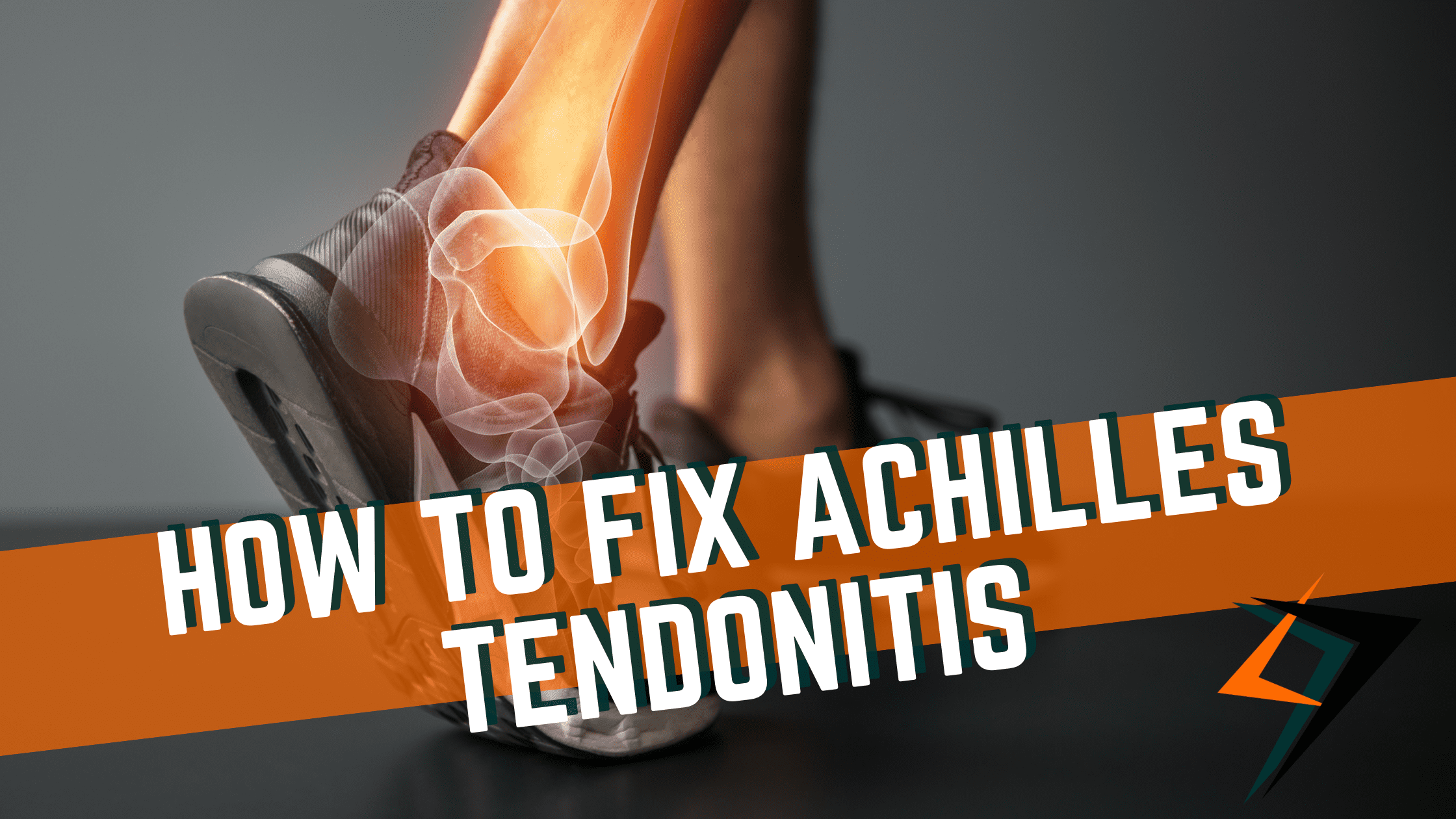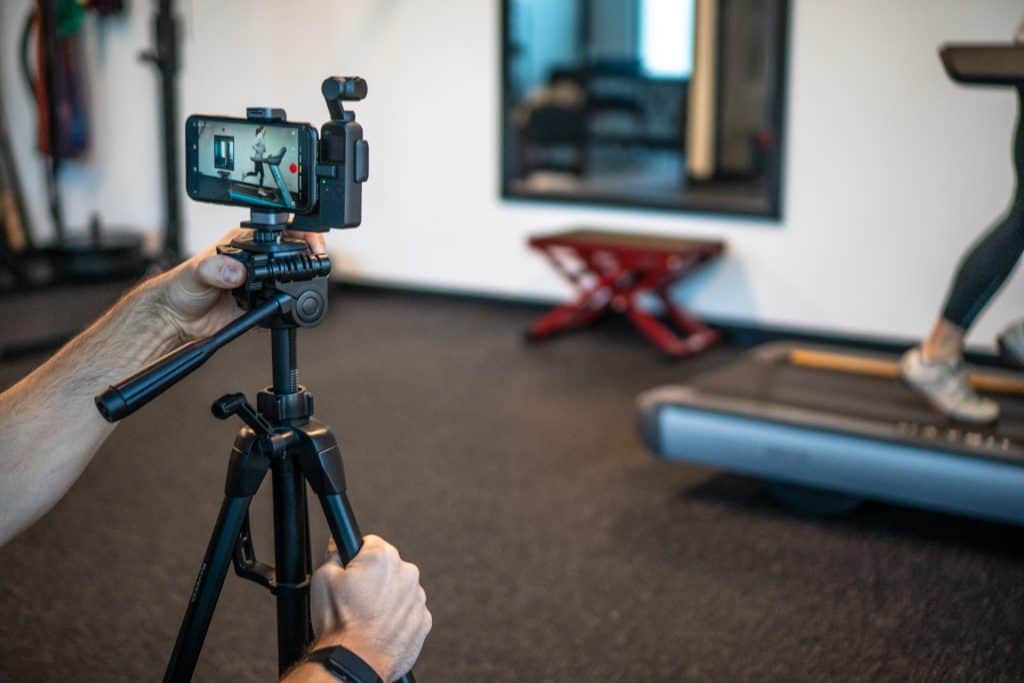
Ready to finally get rid of that nagging stiffness and pain in your ankle while you run? Is it time to enjoy running again? Learn how to fix Achilles tendinitis to give you the freedom of pain-free running.
What and Why: Achilles Tendinitis
Achilles tendinitis, more appropriately named Achilles tendinopathy, generally occurs due to insufficient loading of the calf complex. The Achilles tendon is then unable to support the task required for repetitive activities, such as running. This mismatch between workload and tendon strength cycles through a continuum of beat up and break down impacting running tolerance.
In my runners, I typically see a muscular imbalance between the shin, calf, and/or knee/hip complex. The athlete then ends up overloading a tissue that simply isn’t ready to handle the forces exerted with running. Addressing these limitations with specific strengthening and loading can maximize a runner’s performance and reduce the risk of further injury.
Another mechanism leading to Achilles tendinitis may be deficits in range of motion at the ankle and/or great toe. With running, there is a host of biomechanics that contribute to efficient running. Runners can have a gait analysis performed to review and assess their specific running form. Understanding your individualized needs based on this analysis allows the athlete to attack the cause quickly and effectively. For instance, we want to see if the runner has at least 90 degrees of great toe extension. If they do not, there may be excess stress/strain placed on the ankle and calf complex leading to pain and stiffness.

Correcting the Issue
Oftentimes, athletes will continue to stretch the calf creating temporary relief. Yet, when they start running again, that familiar pain returns rather quickly. So, how do we fix Achilles tendinopathy?
Stop stretching and start loading!
Achilles tendinopathy occurs due to insufficient loading, so to correct the issue…we need to load it! For a runner to maximize its performance, we have to sufficiently load the tissue so that it can handle the demands placed on it. Too commonly, I see runners performing drills that are not challenging enough to match their running. Developing a solid strengthening program to address different regions of the body allows the runner to build resiliency. Below is one example of how we can load the calves dynamically by challenging strength and stability all at once.
Cleaning up deficits in cadence allows the runner to optimize on their performance and prevent future injuries. Elite runners average around 170-180 steps per minute (cadence). Together, an expert physio and the athlete can utilize tools, such as a metronome, to help the runner practice increasing their cadence. Improving cadence can improve a host of common running faults. One of its benefits is decreasing the amount of force your body must absorb each step. By decreasing the stress/strain from this sort of force, the tendon has to overcome less impact and creates less irritability.
Fix it Before it Gets Worse
What we know is that Achilles tendinopathy generally doesn’t become better just with rest. Training volume and load can be modified to allow the running to continue training safely while injured. Running with Achilles tendonitis can become a recurrent annoyance. And sadly, may lead an athlete to give up the loved sport altogether due to increasing pain. The good news is that Achilles tendinopathy is very treatable, especially for the runner, by addressing key variables: form, cadence, loading. For optimal running health and longevity, I encourage runners to have a running evaluation before their situation gets worse.
Are you ready to discuss more on the Achilles tendonitis fix for the runner in you? Schedule a comprehensive running assessment today!
Recent Articles
Why Early Intervention Physical Therapy Accelerates Your Recovery

What to Expect at Your First Physical Therapy Session?

How to Choose a Physical Therapist

The Top 5 Misconceptions About Physical Therapy

The Complete Guide to Physical Therapy

